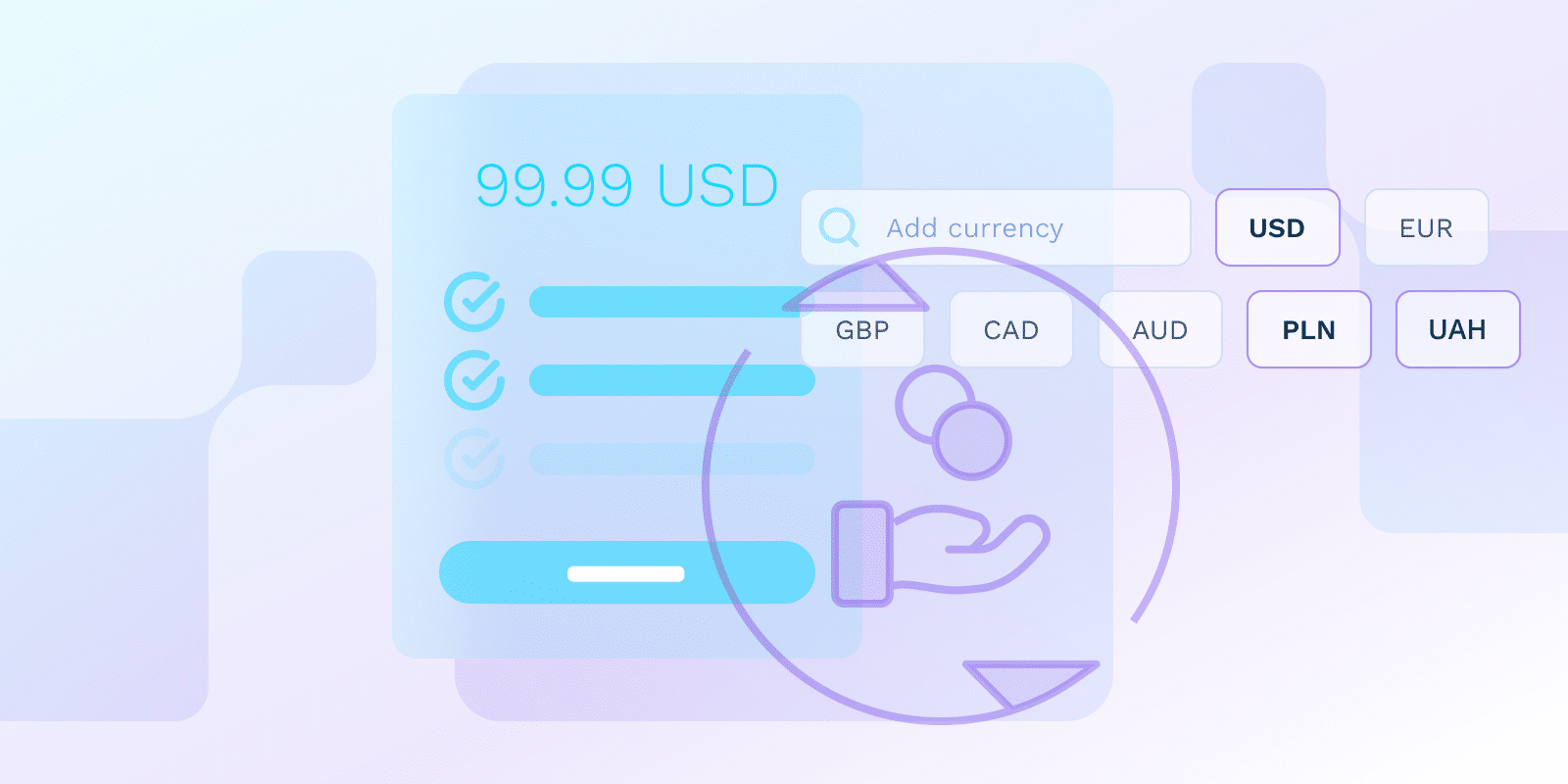Ottimizzazione dei costi del cloud
Cosa sono i modelli di prezzo SaaS?

Cosa sono i modelli di prezzo?
I modelli di prezzo sono metodi utilizzati dai fornitori di Software-as-a-Service (SaaS) per determinare come vengono addebitati i clienti. Ogni modello ha i suoi vantaggi e ognuno soddisfa i clienti in modo diverso.
Oltre ad aiutare le aziende a impostare una pratica di monetizzazione, i modelli di prezzo calcolano anche ciò che gli utenti ottengono per quel prezzo.
Quali sono i diversi modelli di prezzo in SaaS?
Ecco una panoramica di alcuni dei diversi modelli di prezzo in SaaS:
- Prezzo fisso: Un prezzo unico per tutte le funzionalità, spesso con utilizzo illimitato. Questo modello è semplice e prevedibile.
- Prezzi basati sull'utilizzo: Il costo in questo caso è determinato dalla quantità di utilizzo del software da parte del cliente (ad esempio, per utente, per transazione, per GB di archiviazione).
- Livelli di prezzo: Questo modello di prezzo offre una gamma di piani con caratteristiche e prezzi variabili.
- Prezzi per utente: Come suggerisce il nome, il costo aumenta con ogni utente aggiuntivo. Questo modello può diventare costoso man mano che il tuo team cresce.
- Prezzo per funzionalità: Il costo in questo modello è calcolato in base alle funzionalità richieste.
- Prezzo Freemium: In questo modello, il fornitore SaaS offre le funzionalità di base e limitate del software gratuitamente, mentre addebita un costo per le funzionalità premium e aggiuntive.
| modello di prezzo | Caratteristiche principali | Ideale per | Potenziali sfide |
|---|---|---|---|
| Strutture di prezzo di base | |||
| Prezzi fissi | Prezzo unico per tutte le funzionalità, utilizzo illimitato | Prodotti semplici con valore costante | Flessibilità limitata, potrebbe non soddisfare le diverse esigenze dei clienti |
| Tariffazione per utente | Il costo aumenta con ogni utente aggiuntivo | Strumenti di collaborazione in team, soluzioni aziendali | Può diventare costoso per team più grandi |
| Modelli di prezzo flessibili | |||
| Tariffazione basata sull'utilizzo | Costo determinato dall'utilizzo effettivo del software | Servizi a consumo variabile (archiviazione, transazioni) | Costi imprevedibili per i clienti, fatturazione complessa |
| Prezzi differenziati | Piani multipli con caratteristiche e prezzi variabili | Prodotti con diversi segmenti di clientela | Può essere eccessivo con troppe opzioni |
| Prezzo per funzionalità | Costo calcolato in base alle specifiche funzionalità utilizzate | Software complesso con capacità modulari | Potenziale confusione del cliente, complessità nella selezione |
| Modelli focalizzati sull'acquisizione | |||
| Piano Freemium | Funzionalità di base gratuite, funzionalità premium a pagamento | Prodotti che cercano una rapida acquisizione di utenti | Bilanciamento tra funzionalità gratuite e a pagamento, sfide di conversione |
Come vengono generalmente tariffate le applicazioni SaaS?
Diversi fattori influenzano il prezzo delle applicazioni SaaS:
- Funzionalità e caratteristiche: I software più completi spesso hanno un prezzo più alto.
- Mercato di riferimento: I prezzi possono essere adeguati per soddisfare i budget di specifici settori o segmenti di clienti.
- Proposta di valore: Il valore percepito del software nella risoluzione dei problemi dei clienti gioca un ruolo cruciale.
- Concorrenza: Il prezzo può essere influenzato da ciò che i concorrenti fanno pagare per prodotti simili.
- Hosting e infrastruttura Costi: I costi del provider per la manutenzione dei server e dell'infrastruttura possono influenzare i prezzi.
Quali sono i fattori chiave che influenzano le decisioni sui prezzi SaaS?
Per trovare un equilibrio tra la crescita aziendale e l'acquisizione di nuovi clienti, le aziende SaaS devono monitorare:
- Costi di acquisizione clienti (CAC): i costi di acquisizione di nuovi clienti.
- Costi operativi: Per mantenere sani margini operativi, i fornitori di servizi software devono controllare i costi operativi. Ciò richiede l'uso di meccanismi per ridurre i costi sui cloud.
- Customer Lifetime Value (CLTV) – Questo è il fatturato che un cliente dovrebbe generare durante il periodo in cui è cliente dell'azienda.
- tasso di abbandono: Questa è la metrica che definisce la percentuale di clienti che hanno annullato il loro abbonamento al servizio o al prodotto. L'obiettivo qui è fissare un prezzo che riduca il tasso di abbandono mantenendo alto il prezzo del software.
- Margini di profitto: l'importo di profitto che un'azienda desidera ottenere da quel particolare prodotto.
Che cos'è la localizzazione dei prezzi SaaS?
La localizzazione dei prezzi SaaS si riferisce al processo di determinazione dei prezzi osservando dove si trovano i clienti e come ciò influisce sul prezzo. Quando localizzano i prezzi, le aziende SaaS devono considerare aspetti come valuta, potere d'acquisto, cultura e diverse norme sociali.
Suggerimenti aggiuntivi:
- Quando scegli un prodotto SaaS, considera attentamente il tuo budget, i modelli di utilizzo e le funzionalità necessarie.
- Cerca informazioni sui prezzi trasparenti dal fornitore.
- Fai attenzione ai costi nascosti, come le commissioni di installazione o le spese di superamento.
- Confronta diversi fornitori e modelli di prezzo per trovare la soluzione migliore.
Conclusione
Selezionare un modello di prezzo La selezione di un modello di prezzo appropriato per il tuo pubblico e il mercato nel suo insieme è un aspetto essenziale della redditività e del successo del prodotto SaaS. Comprendendo le diverse strategie e le ragioni alla base di questi fattori, i fornitori SaaS possono personalizzare le proprie strategie in base ai desideri specifici dei consumatori e del mercato.